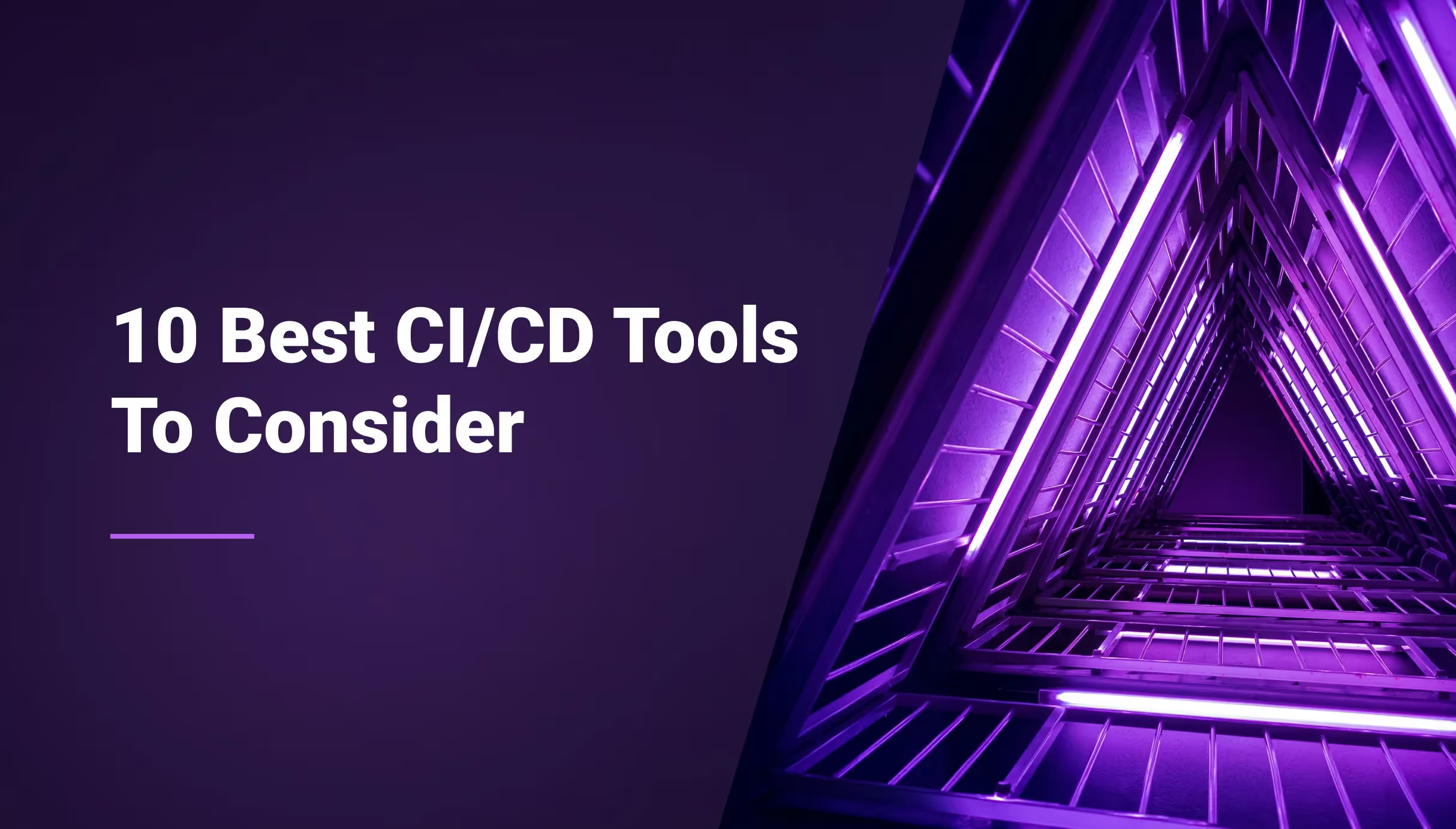


Top 10 Internal Developer Portals to Streamline Your DevOps

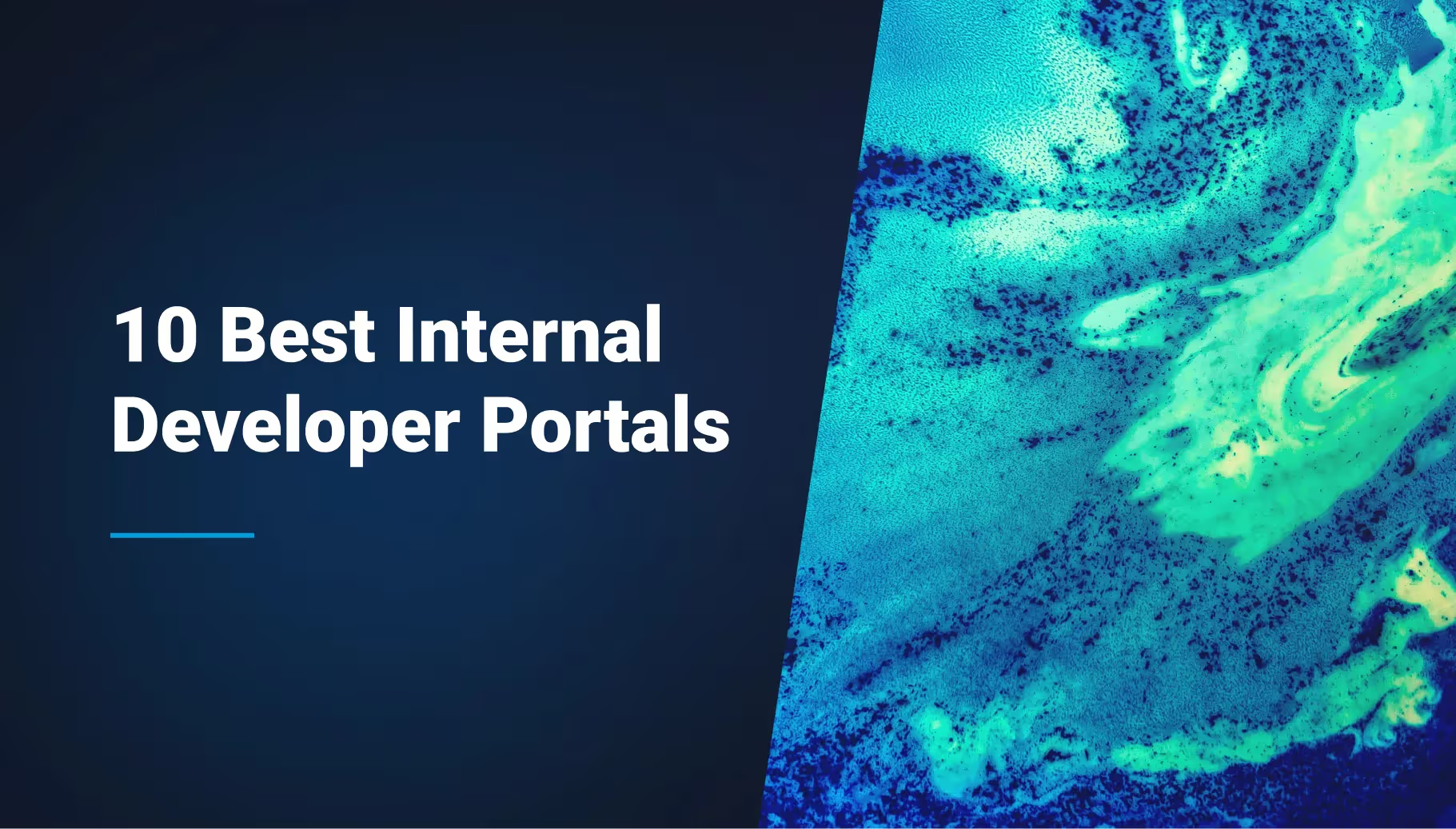

Key Points:
- Internal Developer Portals (IDPs) solve complexity. As development teams and tools grow, IDPs provide a single, unified interface for developers. They consolidate a service catalog, documentation, and various tools into one central hub, allowing developers to focus more on coding and less on navigating a messy toolchain.
- A wide range of IDPs exists, each with unique strengths. The article highlights ten different portals, from open-source options like Backstage and Roadie to specialized platforms like Port and Cortex. Each tool offers different features, such as customizable dashboards, built-in integrations, or a focus on specific tasks like API management or project management.
- The most powerful setup is a portal-platform synergy. While a portal provides the user interface and centralized "where," it needs to be paired with a powerful automation platform to handle the "how." The article highlights how integrating a portal with a tool like Qovery allows developers to trigger deployments, view application status, and manage infrastructure directly from the portal, creating a seamless, self-service experience.
It's a familiar story in software development: as teams grow, so does the complexity. Soon, developers are spending less time coding and more time navigating a tangled mess of different tools, APIs, and services. That's where Internal Developer Portals (IDPs) come in. They bring everything together into a single, unified experience.
Think of it this way: a platform handles the nitty-gritty of how your code gets deployed, but a portal is the centralized where. It's the one place a developer goes for everything they need. A great portal not only offers a comprehensive service catalog and clear documentation but also integrates smoothly with all the other tools your team uses.
Of course, building this hub is one thing; connecting it to your actual infrastructure is another. That's why many teams pair a highly customizable portal like Backstage with a powerful DevOps automation platform like Qovery. This setup gives developers a seamless experience from within their portal, while Qovery handles the heavy lifting of provisioning infrastructure and deploying applications in the background.
Top 10 Internal Developer Portals
It's clear that a well-designed developer portal is crucial for a modern engineering team. But with so many options available, choosing the right tools to build your portal can be a challenge.
The following list is a guide to some of the top developer portals and platforms on the market today. Each tool has its own strengths, from open-source flexibility to powerful integrations and specialized features. By understanding what each one offers, you can select the right combination to create a central hub that fits your team's unique needs and accelerates your delivery pipeline.
1. Backstage
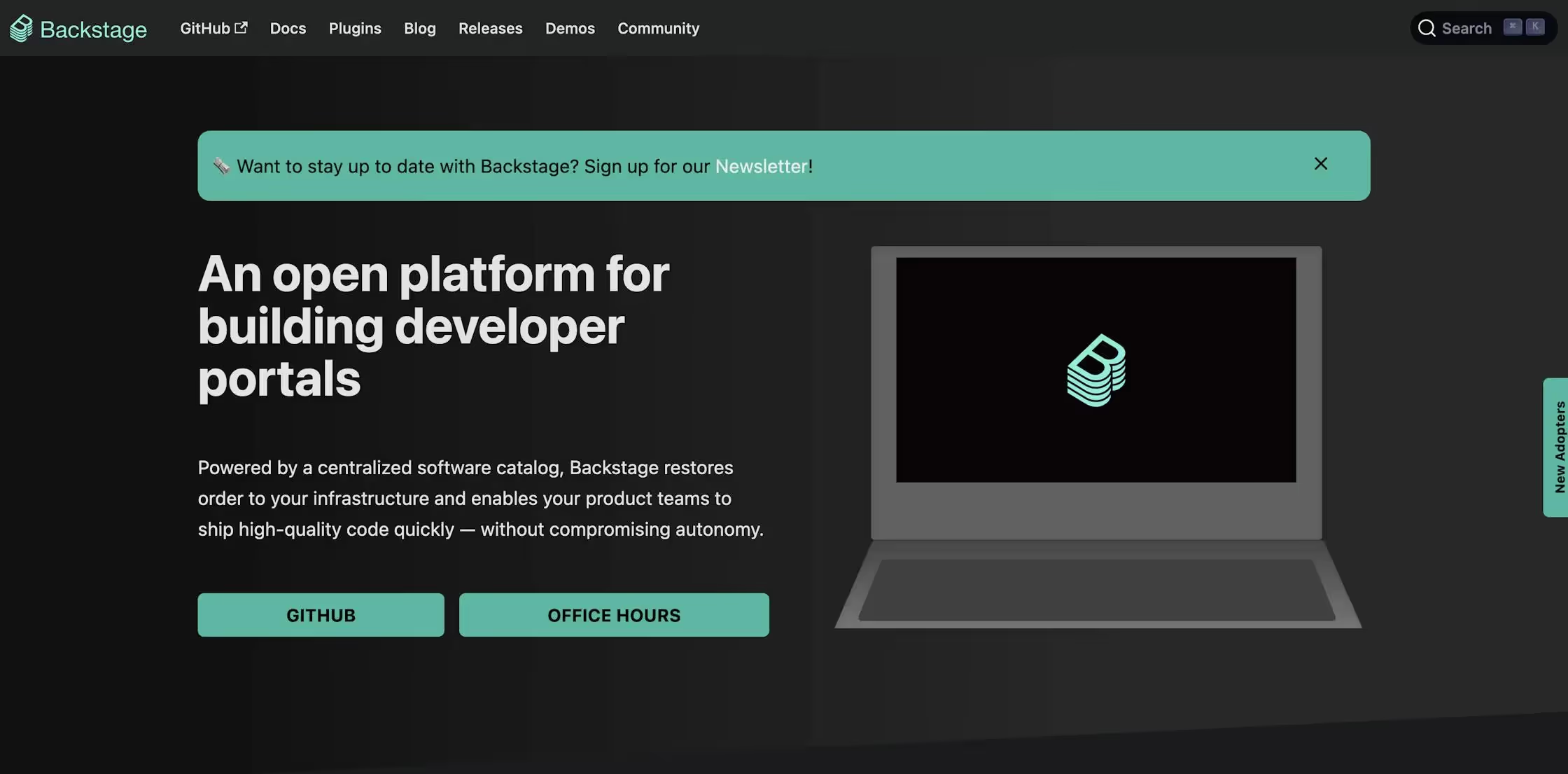
Backstage excels at offering a unified developer experience. It seamlessly incorporates a detailed Service Catalog, a variety of tooling options, and comprehensive documentation all within one portal. A standout feature is its plugin architecture that allows teams to tailor the portal to their specific needs. Backstage also supports easy integration with popular platforms like GitHub and GitLab.
2. Port

Port serves as a centralized interface for DevOps teams to manage their applications and infrastructure. Customizable dashboards let you focus on the metrics that matter most to your team. With role-based access controls and built-in integrations, Port fits well in ecosystems that include GitHub and Jira.
3. Cortex

Cortex is a portal specializing in API management and service orchestration. A well-organized Service Catalog makes it easier for teams to find the internal services they need. Cortex also integrates natively with GitLab, enhancing source code management.
4. Rely

Rely offers an intuitive interface along with powerful backend functionalities like automated testing and real-time monitoring. The portal provides seamless integration with platforms like Qovery, creating a holistic DevOps experience.
5. Configure8

Configure8 is highly flexible, featuring a fully customizable portal interface tailored to meet the unique needs of development teams. Its expansive Service Catalog and easy integration with platforms like GitHub, GitLab, and Jira make it a versatile choice.
6. Atlassian Compass

Atlassian Compass aims to simplify project management by consolidating all tools and services into one unified portal. Its strong focus on collaboration and its ability to integrate with other Atlassian products like Jira make it a compelling choice for teams already in the Atlassian ecosystem.
7. Cycloid

Cycloid offers a unique blend of features geared towards infrastructure as code (IaC) and configuration management. The portal is built to be straightforward, with simplified workflows that help teams get things done faster. Integration with version control systems like Git make it a rounded solution.
8. OpsLevel
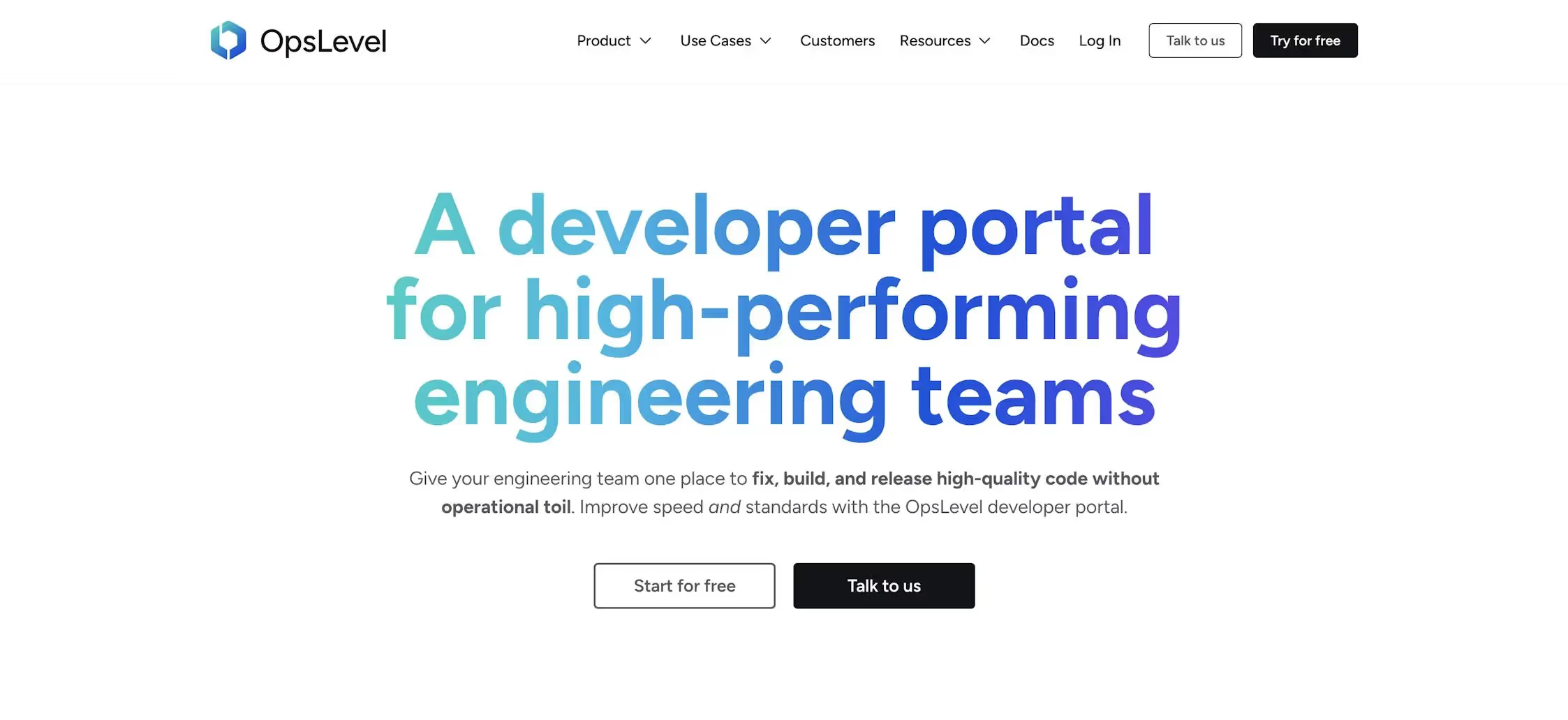
OpsLevel brings a service-oriented approach to DevOps, allowing teams to manage services rather than servers. The platform focuses on enhancing developer productivity and offers easy integrations with popular DevOps tools.
9. Harness

Harness goes beyond its CI/CD solutions to offer an Internal Developer Portal feature. This addition enhances the developer experience by centralizing access to services, environments, and deployments, all while maintaining the high level of performance Harness is known for.
10. Roadie
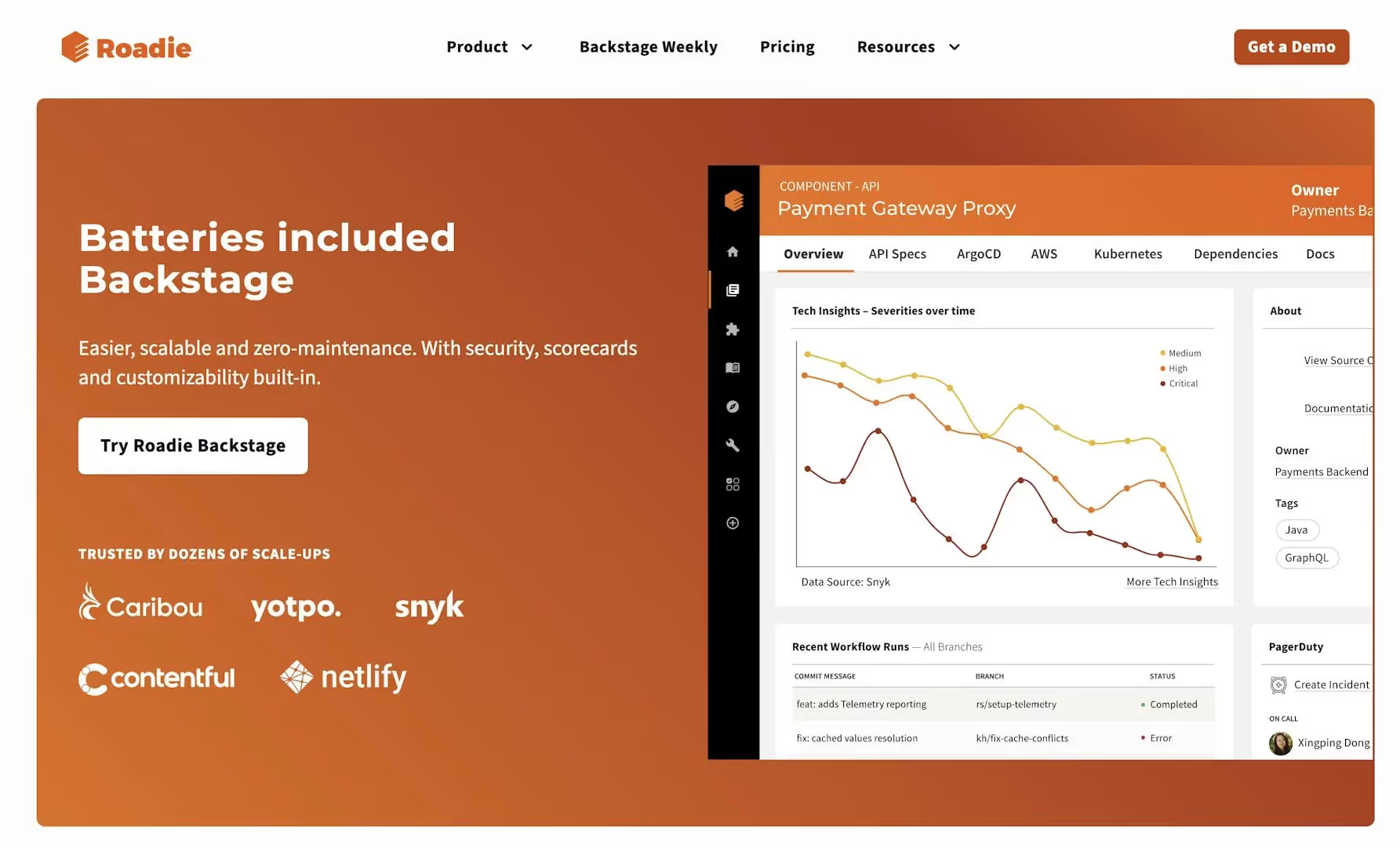
Last but not least, Roadie offers a backstaged-based open-source solution. It aims to make it easier for teams to get started with a dedicated Internal Developer Portal by offering a simplified setup process and a curated set of plugins and integrations.
Conclusion: The Portal-Platform Synergy
As centralized hubs that offer a wide range of tools, services, and APIs, these Internal Developer Portals are becoming indispensable in modern software development. Their ability to integrate with other platforms is a key strength, providing a unified experience for developers and DevOps professionals.
This is where a powerful DevOps automation tool like Qovery becomes so valuable. While a portal organizes and visualizes your services, Qovery handles the heavy lifting of the code-to-cloud pipeline. By integrating Qovery into your portal, you can:
- Trigger Deployments: Let developers initiate new deployments or spin up ephemeral environments directly from the portal's UI, while Qovery automates the entire process in the background.
- Centralize Information: Use the portal as a single pane of glass to view the status, logs, and metrics of your Qovery-managed applications without leaving the portal's interface.
- Enable True Self-Service: Create a seamless developer experience where teams can discover new services, provision their environments, and deploy their applications autonomously, all through a single hub powered by Qovery's automation.
Ready to modernize your workflow?
- 🚀 Sign up for Qovery’s trial.
- 📅 Book a demo to discuss how Qovery can accelerate deployments for your team.

Suggested articles
.webp)



.svg)
.svg)
.svg)










